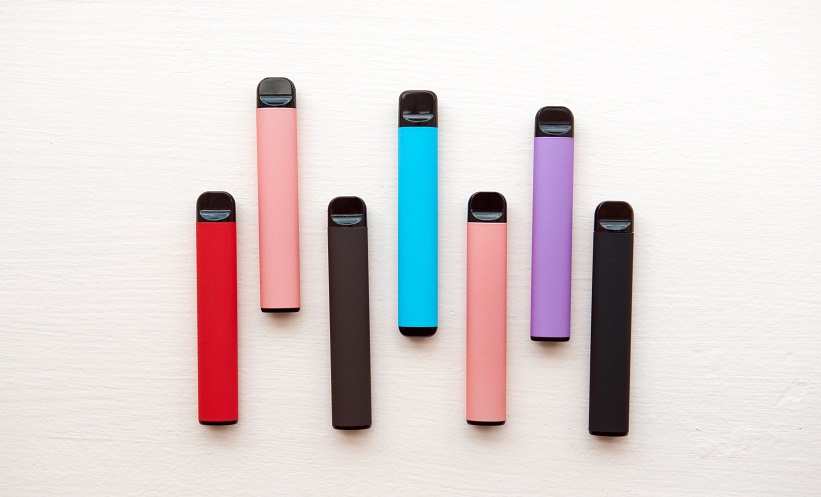Being able to accurately detect a wheeze is of the utmost importance, as a wheeze is the strongest predictor of an upcoming Asthma attack. Assoc. Prof. Kostas Priftis addresses the clinical relevance of detecting a wheeze early, in the context of Asthma management in young children.
Despite being the most common symptom of Asthma in children under the age of 51, at least 44% of parents struggle to clearly identify wheezing sounds. In parallel, Doctors fear that parents won’t medicate unless they are sure their child is wheezing. Unfortunately, this “wait and see” approach risks missing early action that could prevent attacks. Prof. Bülent Karadag addresses the challenges parents face relating to wheezing and Asthma.
Research shows that parents and clinicians only agree on the presence of wheezing 45% of the time2, which reveals the urgent need for a more objective identification of a wheeze. WheezeScan’s state of the art listening technology and advanced algorithm were designed to support parents in identifying a child’s wheezing, allowing the device to provide a clear “wheeze” or “no wheeze” reading. The product is showcased here by Prof Wim Van Aalderen.
Here, the speakers discuss questions raised by the audience after the presentation. One of the questions was: How can we close the gap between parents’ and physicians’ understanding of a wheeze? Click to hear the answers of the faculty.
- Global Initiative for Asthma. Global Strategy for Asthma Management and Prevention, 2016. Available from: www.ginasthma.org
- Cane RS et al. What do parents of wheezy children understand by “wheeze”? Arch Dis Child. 2000;82(4):327-32.






